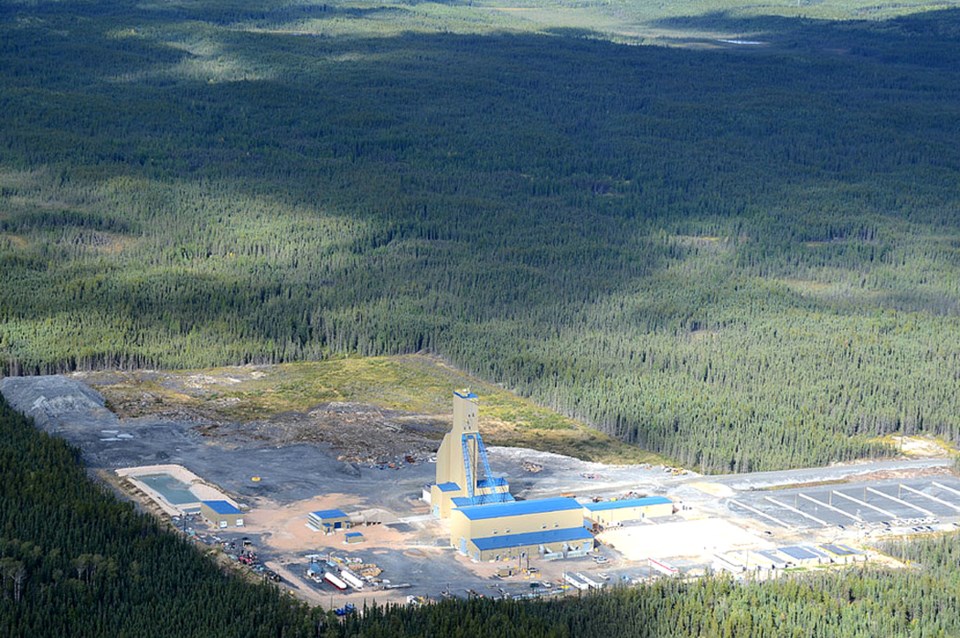“I as a Canadian, I as a Manitoban, I as a First Nation person do not care if Hudbay does not give its shareholders a profit margin every year. I do not care if Vale is unable to give its profits to its shareholders, but I care when our natural resources are not being used to provide houses and running water and proper schools and proper facilities to our people in Manitoba and Canada.”
That recent statement from Arlen Dumas, the outspoken chief of Pukatawagan-based Mathias Colomb Cree Nation (and now Grand Chief of the Assembly of Manitoba Chiefs), is bound to strike a chord.
Many First Nations people believe their communities have been excluded from the economic rewards of northern Manitoba’s well-heeled mining industry.
When they see Hudbay and Vale racking up millions in profits, it’s a sharp contrast to their own lives spent in mouldy homes without access (in many cases) to safe drinking water.
Their frustration is understandable. Imagine the hue and cry if Flin Flon had contaminated drinking water due to inadequate government funding, yet at the same time a neighbouring reserve was receiving tens of millions of dollars for a new highway and a hospital expansion.
First Nations leaders are correct in saying governments do not always have their priorities straight. Politicians of all stripes tend to follow the votes rather than ensure even a basic level of existence in our poorest communities.
But are Hudbay and Vale somehow to blame for this?
Dumas takes issue with the “massive multimillion benefits” that Canadian corporations receive. He seems to want Hudbay, Vale and other corporations to pay higher taxes in order to fund needed upgrades on reserves.
The risk in this approach, of course, is that Manitoba – indeed all of Canada – could become less attractive on the global mining stage.
In northern Manitoba, where mining creates many thousands of jobs, it is particularly vital for the industry to maintain the utmost of competitiveness.
Besides, it’s not as though mining companies are getting a free ride.
Under Manitoba’s current tax structure, a small mine that turns a $10-million profit pays $1 million in provincial taxes; a larger mine that makes $110 million doles out nearly $19 million.
And that’s on top of the untold millions in provincial and federal income and sales taxes paid by mining employees and those in spin-off industries.
How many hospitals and schools – both on reserve and off – have Hudbay and its workers alone paid for over the years?
Thanks in part to the current tax structure, Manitoba placed second in the world for mining attractiveness in the latest Fraser Institute ranking. We must safeguard this good standing.
It should also be noted that northern Manitoba’s mining industry employs numerous Indigenous people, in some cases lifting them out of abject poverty – and more will be hired in the coming years.
First Nations should be concerned about inadequate funding from the federal government, which is responsible for reserves. How unacceptable it is that Canadians live in Third World conditions because they happen to be born in Pukatawagan instead of Flin Flon or Sandy Bay instead of Creighton.
But Ottawa spends a total of $330 billion a year, or $37.7 million every hour of every day. Surely incentives for mining companies to develop deposits and create jobs are not the brick wall standing between Third World and First World conditions on reserves.
And if we take away those incentives, the fiscal outlook for reserves and non-reserves alike could become much bleaker.




